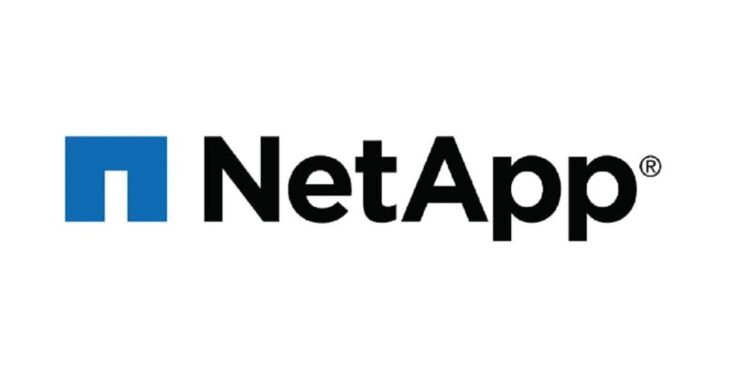NetApp announced updates to its enterprise storage portfolio, expanding the NetApp ASA A-Series with new systems designed to accelerate and consolidate block workloads for organizations of any size. Alongside the announcement of new cyber resiliency capabilities, these systems enable customers to create silo-free data infrastructure that both runs on and is built for intelligence.
This release includes enhanced cyber resiliency features, allowing enterprises to establish a cohesive data infrastructure that is optimized for intelligence-driven operations.
These new ASA systems will also be available in a FlexPod converged infrastructure, delivering additional benefits such as simplified data center operations and accelerated deployment of enterprise applications through pre-tested and validated architectures. NetApp is to launch the Ransomware Detection Program to reduce the operational risks for businesses.
NetApp introduces three new high-performance enterprise storage solutions, the ASA A20, A30, and A50, for organizations to adapt their data strategies to foster operational agility and data confidence. These systems are architected to meet the nuanced requirements of mission-critical applications, such as databases and virtual machines while providing options for straightforward, robust, and cost-effective storage solutions within a comprehensive intelligent data infrastructure framework.
Also Read: NetApp Announces Integrated Solution with AWS Outposts for Hybrid Cloud Deployments“In less than a year, NetApp has refreshed our entire unified, block-optimized, and object portfolio and highlighted our commitment to relentless innovation,” said Sandeep Singh, Senior Vice President and General Manager of Enterprise Storage at NetApp. “With the industry’s most comprehensive storage lineup with built-in cyber resiliency, we offer systems that are faster, simpler, more scalable, and more affordable than the competition—tailored to any workload or budget. NetApp enables customers to rise to the challenges and opportunities of modern data management with an intelligent data infrastructure that optimizes operations, reduces risks, and accelerates AI transformation.”























